1961/62 was to be a pivotal season in Liverpool’s history, as Bill Shankly‘s side earned promotion back to the top flight of English football. Jeff Goulding tells the story of the season.
It’s August 1961 and Bill Shankly is about to kick off his third full season at Liverpool Football Club. After arriving in December 1959, the Scotsman had led the club to a creditable fourth place finish and had finished third in his two subsequent seasons.
This was the year the Beatles first played the Cavern, Britain said goodbye to the penny farthing, and Liverpool FC said hello to Ron Yeats and Ian St John.
Yeats, or Rowdy (a nickname given to him because of a character in a Western TV show, Rowdy Yates) was a 6′ 2″ Scottish centre-back who Shanks had brought in from Dundee United for the sum of £22,000. He would go on to become the linchpin in Shankly’s team, playing 454 times for the club and winning two first division titles and, of course, the FA Cup in 1965.
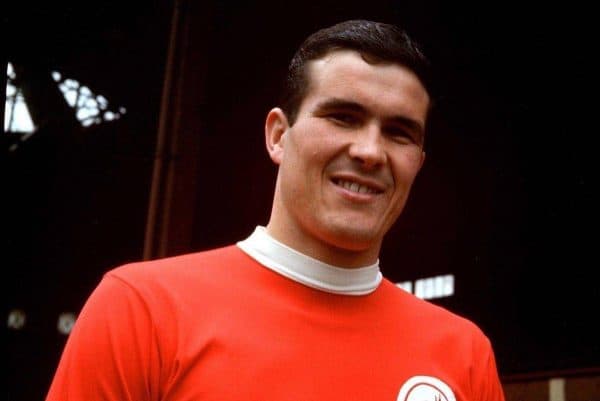
When Ron arrived Shanks was so impressed with his stature and became convinced he would terrify opposition strikers that he immediately set about capitalising on what he saw as the young Scot’s key asset. Ever the psychologist, Shankly summoned the press to Anfield, paraded Yeats on the pitch and invited their photographers to ‘take a walk around our new centre-half.’
He knew those images would be seen by forwards throughout the league, and if it sewed the slightest seed of doubt, the exercise would have paid dividends. From that moment on, his teammates may have called him Rowdy, but to his manager, the press and the supporters, he was a ‘Colossus.’
Another future Liverpool great had arrived that summer, Ian St John. The diminutive striker was something of a hard man but his ability in front of goal had led to Shankly telling a sceptical Reds’ board that St John ‘wasn’t just a good striker, he’s the only striker.’ His signature was secured for £37,550 and he would make the journey from Motherwell to Anfield.
Shanks’ advice to ‘The Saint,’ as he became known to supporters, was ‘don’t overeat and never lose your accent.’ The boss had wanted his new striker to keep hold of the fire that burned in his belly and that Scottish tenacity that would become essential if the Reds were to fight their way out of the second division and into the first.
On his debut, against Everton in the Liverpool Senior Cup final, he would become an instant hero by scoring a hat-trick in a 4-3 win. St John would go on to serve the club in 425 games and scoring 118 goals. He would also score the goal that brought Liverpool their first FA Cup in 1965.
Before now, the club had been treading water in the second division since 1954 and had previously shown little ambition to get out. All that was about to change, and what Shankly and his charges did in 1961/62 would set in train decades of footballing dominance.
The opening fixture was away to Bristol Rovers. Both Yeats and St John would make their debuts. The captain that day was centre-half Dick White, who had played for the Reds since 1955 – but there was a new sheriff in town and his name was Yeats. The Shankly revolution was just getting started.
Liverpool won their season opener 2-0. They were off, and they would go unbeaten in their first 11 games of the season. That run saw them score 31 goals, conceding just four. They had won 10 and drawn just once.
Perhaps most impressive in that run of games was the 5-0 trouncing of Don Revie’s Leeds United, at Anfield. Three goals from Roger Hunt and one a piece from Kevin Lewis and Jimmy Melia sealed the Yorkshiremen’s fates. The Reds were flying, then calamity struck.
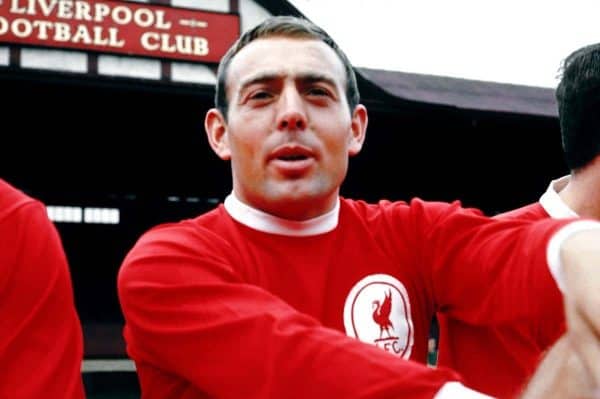
Yeats had injured his shoulder in a 2-0 victory over Newcastle and so had to miss the trip to Ayresome Park and a game against Middlesbrough in October. Boro were languishing in 14th place and Liverpool topped the table the stage seemed set for a comfortable away win.
Yeats’ replacement that day was Dick White, and he would score two own goals in the second half of the match, to condemn the Reds to their first defeat of the season. To add insult to injury, Liverpool debutante Alf Arrowsmith, replacing St John, who was on international duty, had two goals disallowed. Both efforts had been ruled out when Boro were a goal up.
Shankly was livid and his rage would propel the Reds to a 6-1 win at home to Walsall in their next game. However, amazingly, the visitors would go a goal up in the 23rd minute, stunning the Anfield crowd. The scorer was none other than the returning Yeats, who planted an own goal past his ‘keeper, Bert Slater. That made it two games and three own goals scored by Liverpool centre backs. Oh to be a fly on the wall in the dressing room during those times.
It proved just a temporary set back though, and the Reds flew at Walsall. Hunt notched another treble and St John, Melia and Lewis put the fine gloss on proceedings. Hunt, or Sir Roger as he was known to the Kop, was a goal machine and his 42 goals that season played a significant part in Liverpool’s promotion.
Liverpool reached the new-year still sitting pretty at the top of the league, though they had lost back-to-back games at the end of December. Leeds United had exacted some revenge for their 5-0 mauling, with a 1-0 win at Elland Road, thanks to a Billy Bremner goal. And, Rotherham United had inflicted a 1-0 defeat on the Reds with an agonising goal in the 90th minute of the game.
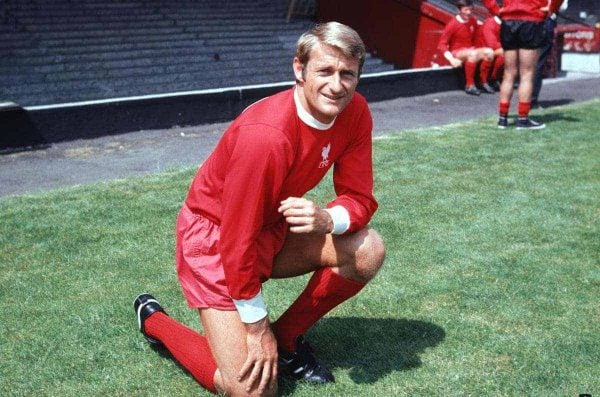
It wasn’t the ideal preparation for an FA Cup showdown with Chelsea, but if the Rotherham game had become the first game captained by Yeats, as a result of an injury to White. This was the Scot’s debut season and he had now worn the armband for the club.
Tommy Docherty’s Chelsea came to Anfield hoping to dispense of Liverpool with ease. They were in the first division and expected to win. However, the Londoners were struggling and at the end of the season would swap places with Shankly’s Reds after finishing bottom of the league.
They would also be dumped out of the cup by Liverpool, but not before providing a scare or two.
The Reds raced into a 4-1 half-time lead, thanks to goals from St John, Hunt and Alan A’Court. They were looking comfortable and seemingly cruising into the fourth round. Then Chelsea struck fear into Kopite hearts, scoring two goals in 10 minutes. It would set up a tense last quarter of an hour, but Liverpool hung on.
Liverpool continued to wobble defensively in their next game, a nine-goal thriller at home to Norwich. Twice the Reds went in front against the Canaries, only to be pegged back. Then in the second half, they raced into a 4-2 lead. However, this was to be no easy game in front of the Anfield faithful.
Norwich striker Terry Allcock, who would bag a hat-trick that day, pulled one back in the 62nd minute. Then, Jimmy Melia notched his second and Liverpool’s fifth to surely take all two points. However, there was more late drama to come.
With just two minutes to go, in a thrilling game, Allcock grabbed his third and Norwich‘s fourth. Imagine the tension in the crowd, picture Shankly raging on the bench and consider what today’s supporters and media would have made of that incredible game.
Liverpool held out for the win and supporters left entertained but mightily relieved. The Reds remained top of the pile and still in the FA Cup.
They would make it all the way to the fifth round when Preston North End, a team Shankly played for and later managed, knocked them out after two replays. That left the Reds fighting on just one front.
They would lose two of their last thirteen games of the season, clinching the league title on 21 April 1962 with a 2-0 home win against Southampton.
In doing so, they had ended eight barren years in the second division. Liverpool, as Shankly said, were now in the big league. And, he would promise the Anfield hierarchy and his legions of supporters that they weren’t going to be there to make up the numbers. They were going to win it.
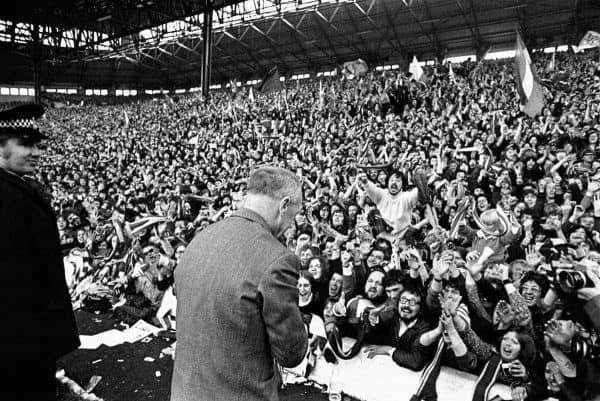
Kevin Lewis had scored the goals that took Liverpool up and he had only been playing because of an injury to St John. The win also meant a promotion for another club stalwart and future legend, Ronnie Moran, who had fought valiantly for the Reds in the second tier.
So, Liverpool had won the second division with five games to spare. They would be presented with the trophy at Anfield on the penultimate day of the season, following a 2-1 victory over Charlton.
Charlton almost wrecked the party though. They had led the game 1-0 – not that it mattered in terms of the destination of the title, but there was pride at stake and nobody wanted the celebrations to be marred by a defeat.
Leave it to Hunt and A’Court to seal a fine season though. In the 89th and 90th minutes, the Reds’ front men blasted Liverpool into a 2-1 lead. The celebrations could commence in earnest.
However, there was no presentation on the pitch back then, instead, the players would haul the league title aloft from the Main Stand, before going on a jubilant lap of honour around the Anfield turf.
There were tears in the eyes of old-timers who hadn’t seen the Reds lift a league championship since 1947, and new hope amongst youngsters that they could hold their heads up high all summer as they contemplated a season at the top table.
Kopites were dreaming of the big time once again. Liverpool was about to become the centre of the universe culturally. Its musicians would take the world by storm and its two football teams were in the first division. That fact would send hearts racing across Merseyside. The derby was back.
After more than a decade – Everton had also spent time in the second division earlier – the two clubs at either end of Stanley Park would be competing in the league again. The prospect of enjoying a Merseyside derby once again was a key talking point and would have dominated workplace and school playground discussions in the coming months.
This was only the beginning for the red half of the city though. Shankly had set the club on a path to almost total domination of English and European football for decades to come.
Liverpool, 1961/62
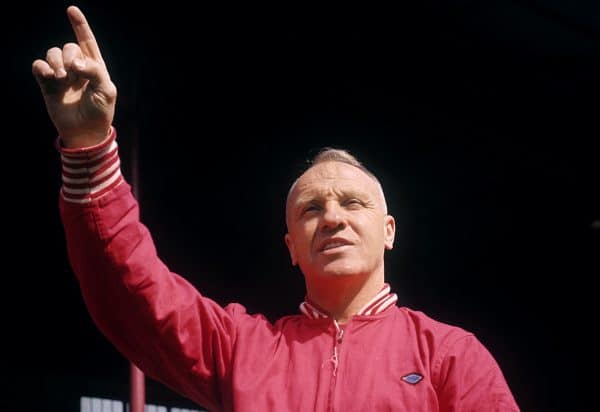
Manager: Bill Shankly
Captain: Ron Yeats
Top Scorer: Roger Hunt (42, all comps)
Most Appearances: Alan A’Court, Gerry Byrne, Jimmy Melia, Gordon Milne (47, all comps)
League Position: 1st (Second Division)
FA Cup: Fifth round
Total games: 47
Games won: 29
Games drawn: 10
Games lost: 8
Clean sheets – league: 12
Clean sheets – overall: 14
Total goals: 105
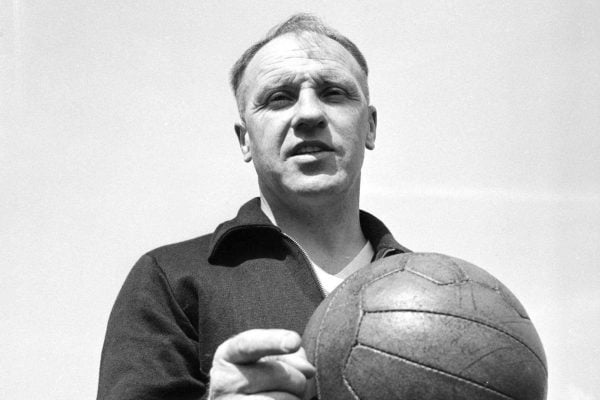

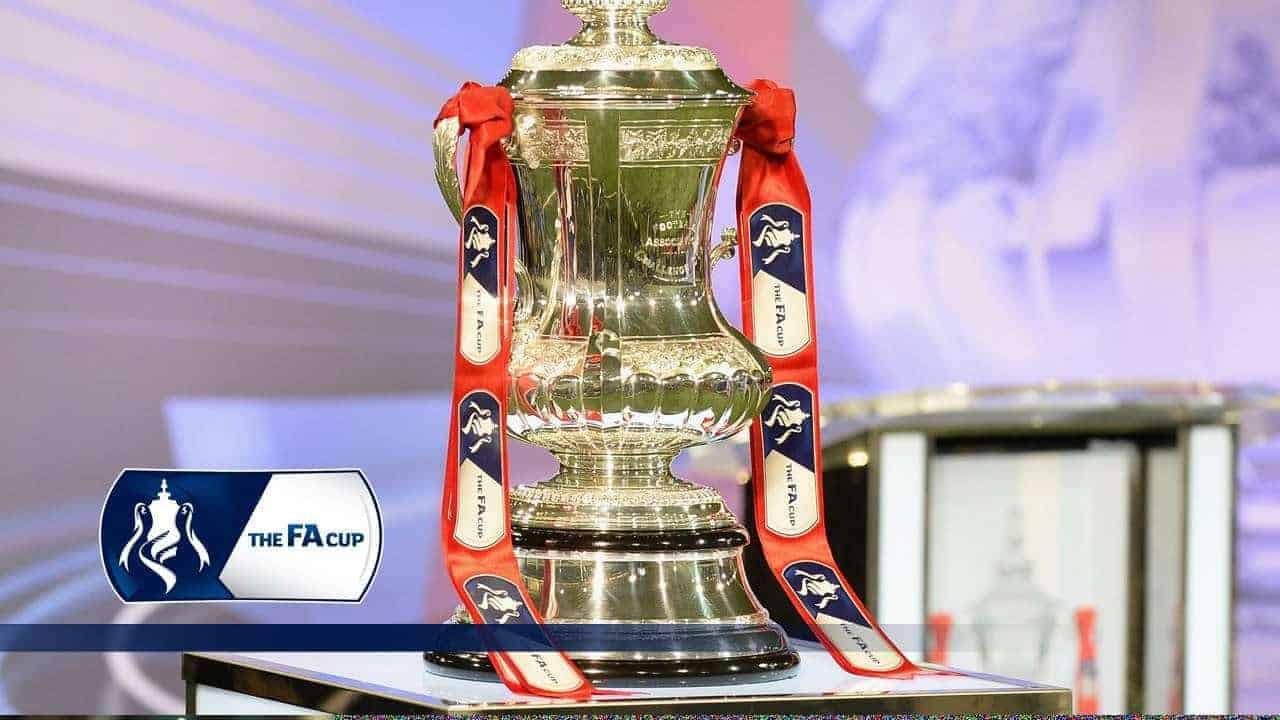



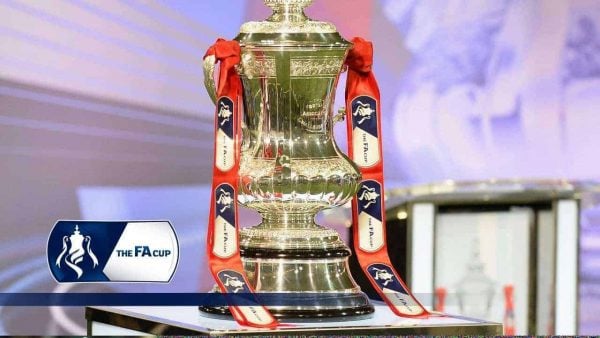
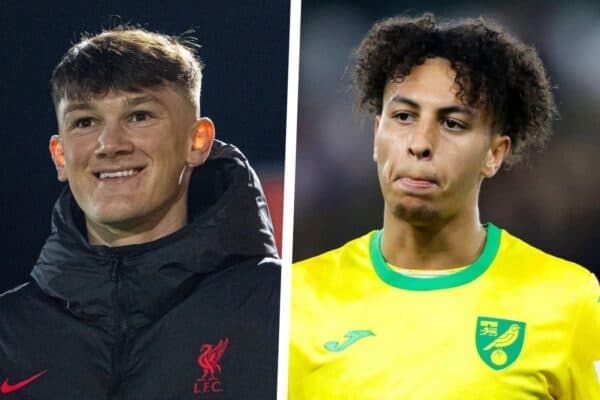

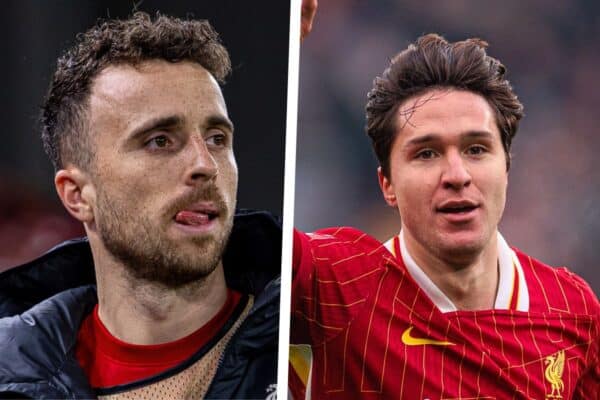
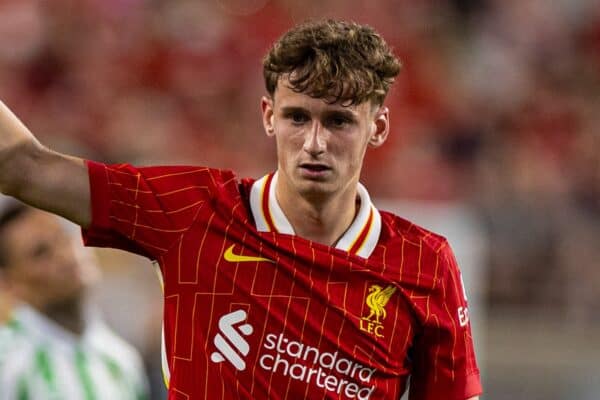
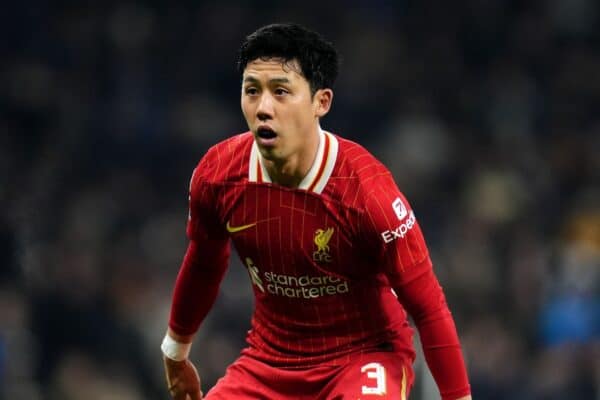
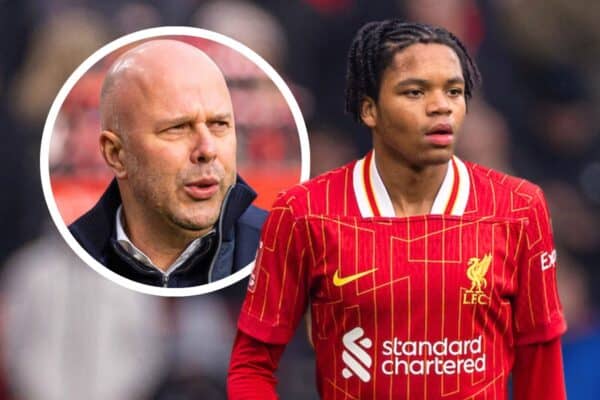
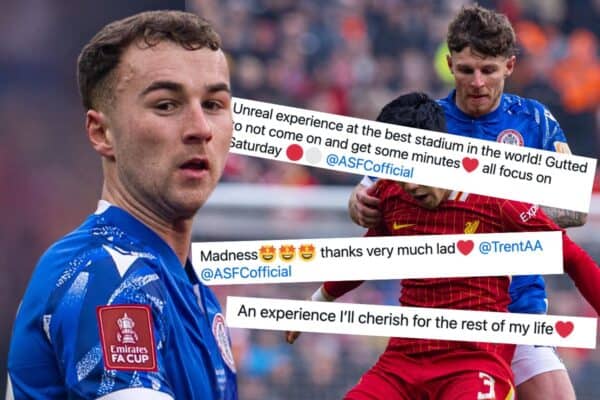



Fan Comments